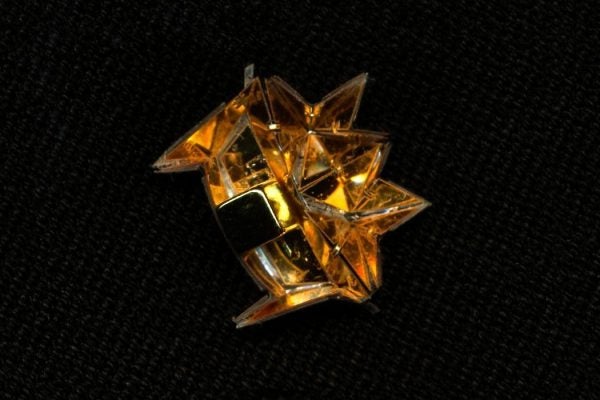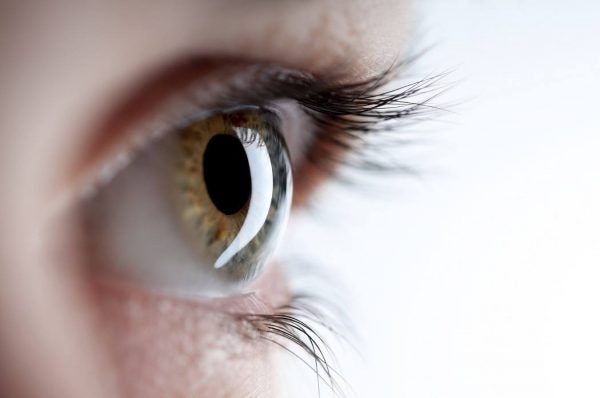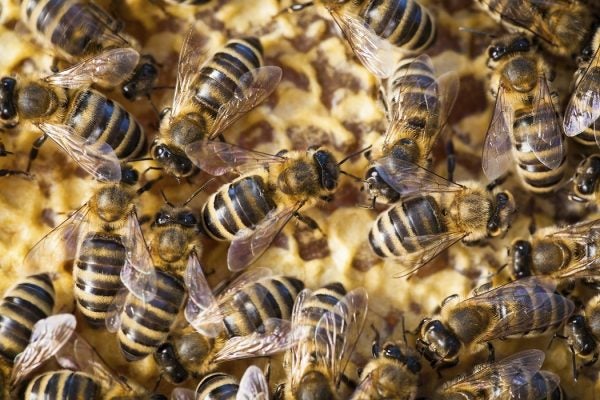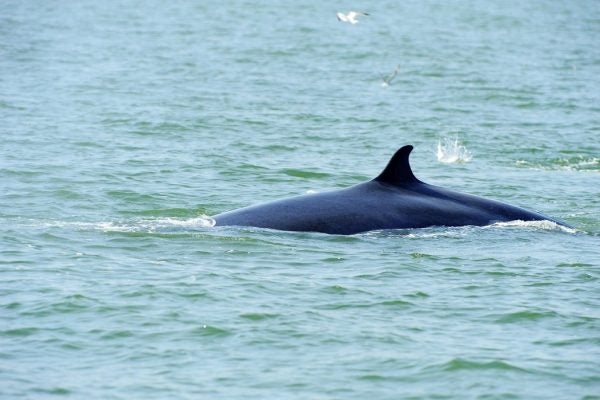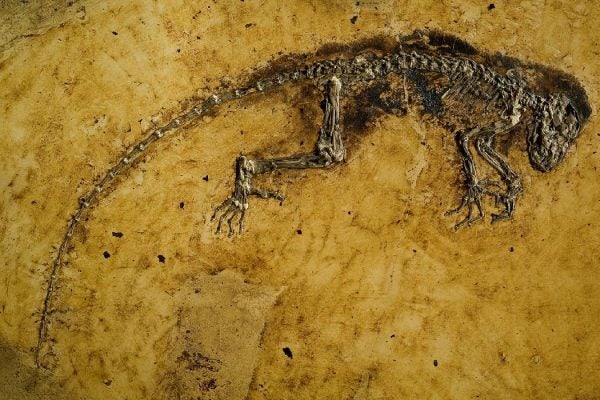Self-Folding Origami Robots!
Origami robots can not only walk, but swim, climb, and carry twice their body weight—granted, the robot only weighs a third of a gram.
Early Bird? Night Owl? It Might Be in Your Genes.
Researchers in England have identified several genes associated with the timing of peak activity.
An Eye Full of Ebola
Dr. Ian Crozier was declared cured after a harrowing bout with the Ebola virus, only to discover that his left eye was full of the virus.
The Lowdown on Bees and Pesticides
New research suggests that declines in wild bees may be due to a specific pesticide.
The Mercury Messenger Spacecraft: Going Out in a (Planned) Blaze of Glory
NASA's Mercury Messenger Spacecraft has crashed.
The Sound of an Unknown Whale
Researchers might have identified one—and maybe even two—brand new species of whale.
Watching the Twin Suns Rise on a Real-Life Tatooine
Twin suns, like the ones seen in Star Wars, may be more common than originally thought.
Is Darwinius really “The Missing Link” to Humans?
Darwinius is an exceptionally well preserved, 47-million-year-old primate from the ancient Messel Pit in Germany. Its position in evolution is contested.
A Cosmic Mystery from a Microwave Burrito
The source of mysterious radio waves detected by two of world's largest telescopes has been traced to a microwave.
Welcome Back to the Large Hadron Collider
After a two-year hiatus, the Large Hadron Collider is starting up again.
